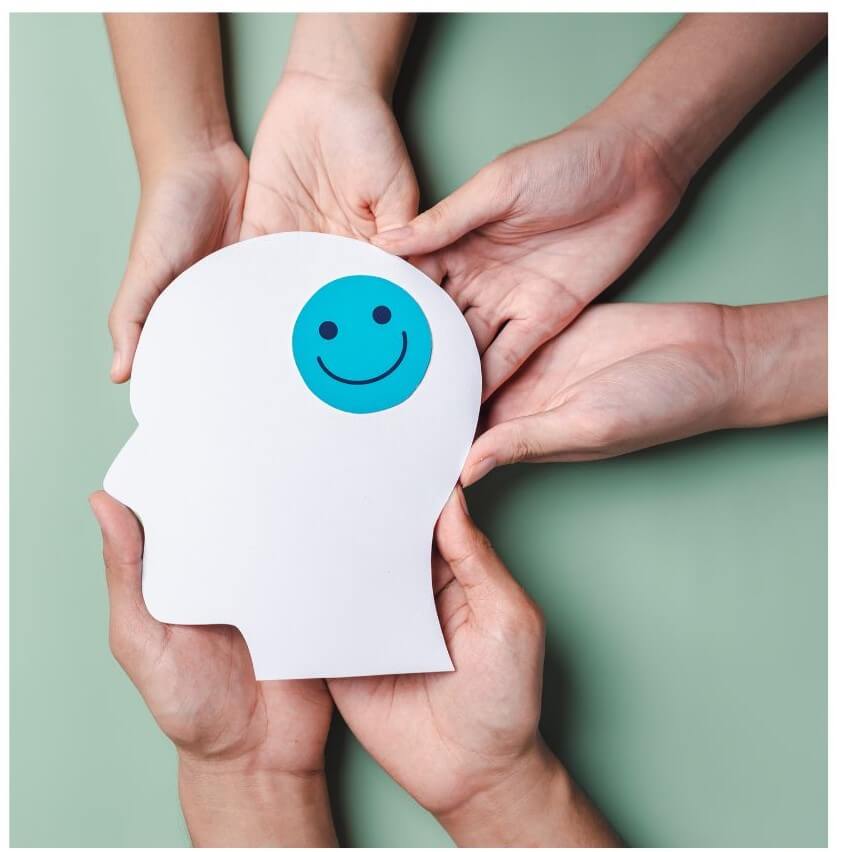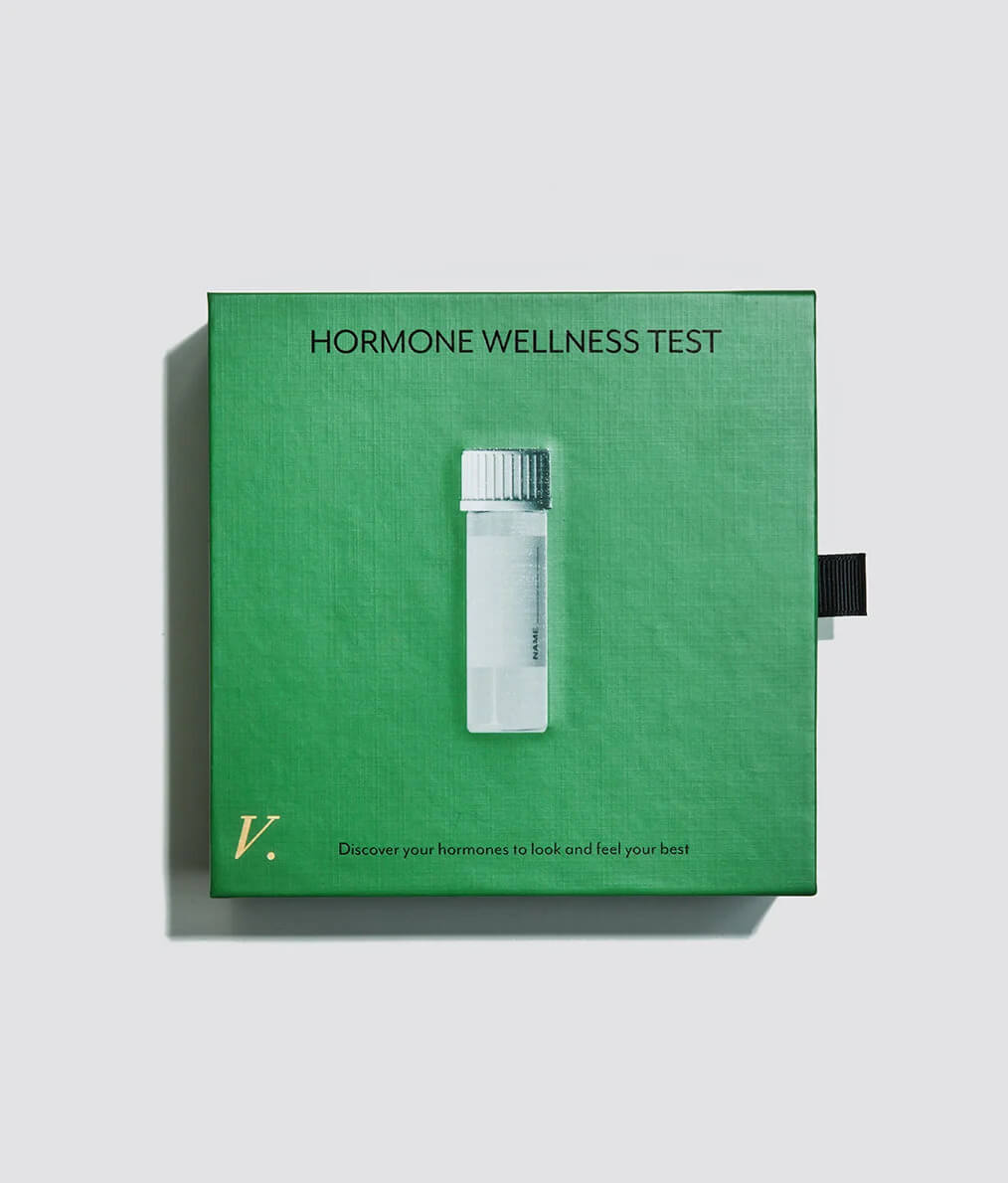When it comes to exercise, there’s a lot of talk about how good it is for your health, but there’s not a lot of information about what type of exercise you should focus on depending on your goals. When it comes to promoting hormone balance, all kinds of exercise are not created equal. Over-exercising and pushing yourself too much at the gym may lead to hormonal imbalances, adrenal fatigue and other health issues. However, not getting enough movement has its own drawbacks, too.
In this post, we’ll discuss how working out can affect your hormones and what signs to look out for to make sure you are reaping the benefits and not doing yourself any harm.
How can you put all this advice together, and actually enjoy doing it? Learn more about my community, the Superwoman Circle.
Exercise is great for hormone health
Moderate and regular exercise is very beneficial for hormone health. Physical activity releases endorphins, increases blood flow, calms adrenal glands, and enhances overall well-being. From metabolism and stress response to reproductive health and mood regulation, hormones play a pivotal role, so it’s crucial to consider how your chosen type of workout will also impact hormone function.
A few of the standout benefits of exercise on hormone health include:
Metabolic balance
Physical activity helps regulate insulin sensitivity, which is crucial for blood sugar control. This can prevent insulin resistance and reduce the risk of type 2 diabetes. Insulin resistance is also commonly associated with PCOS (1).
Lower androgen levels
High androgens (male hormones like testosterone) are also associated with PCOS. Regular physical activity and resistance training have been shown to lower excess androgens and testosterone, potentially alleviating some PCOS symptoms (2).

Endorphin release
Exercise—and especially high-intensity exercise—triggers the release of endorphins, often referred to as “feel-good” hormones (3). These endorphins contribute to improved mood and reduced stress levels. Exercise can also help to reduce excess cortisol levels, which are typically elevated when you’re under stress.
Weight management
Engaging in regular workouts can help maintain a healthy weight and body composition, which are both important in terms of hormone balance. Those who have obesity are more than twice as likely to also experience hormone-related issues (4).
Anti-aging & bone health
Weight-bearing exercises contribute to bone health by stimulating bone remodeling and reducing the risk of osteoporosis. Exercise also appears to stave off many of the changes in body composition associated with aging, such as muscle loss (5).
Reproductive health
Moderate exercise can support healthy menstrual cycles by regulating sex hormone levels. It can also contribute to fertility and hormonal balance. If you experience short cycles, regularly working out may help to lengthen your menstrual cycle (6).
Too much exercise is counterproductive
Physical activity can help balance hormones and improve overall health. But when it comes to intense, high-intensity workouts, things could get trickier. Working out too intensely or too long can interfere with the endocrine system and the hormones it produces.
Increase in cortisol: Cortisol is the hormone released by the adrenal glands in response to stress. While short-term cortisol elevations are normal, prolonged cortisol exposure can impair the immune function, digestion, and absorption of nutrients (7).
Decrease in thyroid hormone: Elevated cortisol levels have also been associated with slightly higher-than-normal TSH levels, which indicates that the thyroid isn’t producing enough thyroid hormone (8). Low thyroid production may lead to weight gain, cold sensitivity, hair loss, and other thyroid-related conditions.
Decrease in leptin: Leptin is a hormone that regulates appetite and energy expenditure. Intense workouts can decrease leptin levels, leading to food cravings, hunger, and metabolic issues (9). This is why it’s so important to fuel your body properly when exercising and working out.
Recovery is key
To protect your hormone health, it’s crucial to properly recover from your workouts, especially if you participate in a higher-intensity form of training.
Don’t be too hard on yourself if you’re feeling tired or burnt out. Make sure you allow enough time for recovery between workouts and don’t hesitate to take a break when needed.
Six signs that your workouts may be messing with your hormones
The key is to listen to your body, pay attention to how you feel during and after workouts, and adjust accordingly
- You feel constantly fatigued and unable to perform your daily activities
- It feels like it takes you days to recover from a workout
- Instead of losing weight, you’re noticing more belly fat
- You frequently get irritable or become overwhelmed by simple tasks
- You experience digestive issues such as bloating, constipation, or diarrhea
- You experience decreased sex drive, menstrual irregularities, or fertility issues

Exercise and hormone issues
Women with PCOS may experience greater benefit from strength training type workouts more than longer duration cardio for symptom management. It might also take longer to recover from a high-intensity workout.
If you’re experiencing perimenopause or menopause symptoms, you may also benefit from lower-intensity exercise with plenty of recovery time between workouts. This is due to the added stress that high-intensity workouts can place on already overworked adrenal glands during hormonal shifts that happen with perimenopause and menopause.
Strategies for hormone-supportive workouts
Listen to your body
Pay attention to your body’s cues. If you’re feeling overly fatigued or experiencing any of the signs mentioned, consider scaling back.
Rest and recovery
Prioritize rest days and incorporate active recovery exercises like yoga and gentle walks to prevent burnout.
Vary your routine
Mix different types of workouts to avoid repetitive strain on specific muscles and reduce the risk of hormonal imbalances.
Moderation
Balance intense workouts with lower-intensity sessions to prevent chronic cortisol elevation.
Adequate nutrition
Fuel your body with nutrient-dense foods to support recovery and hormone balance. Include plenty of protein and healthy fats.
Sleep quality
Ensure sufficient and high-quality sleep, as this is crucial for hormone regulation.
Physical activity for healthy hormones
In the realm of workouts and hormone health, moderation, variety, and attentive self-care are key. Striking the right balance will help you harness the myriad benefits of exercise while safeguarding your hormonal equilibrium. Remember, your body’s response to exercise is unique, so tailor your approach to what works best for you.
Physical activity is essential for hormonal balance and overall health. Moderate amounts of low-impact exercise can help regulate menstrual cycles, boost metabolism and improve sleep quality. However, overdoing it at the gym can have unfavorable effects, causing hormone imbalances and adrenal fatigue. Be sure to pay attention to your body and monitor how you feel during and after workouts. Finally, if you experience any red flags, don’t hesitate to seek medical advice.
Resources
- https://www.ncbi.nlm.nih.gov/pmc/articles/PMC9665922/
- https://www.ncbi.nlm.nih.gov/pmc/articles/PMC4635995/
- https://www.nature.com/articles/npp2017148
- https://www.ncbi.nlm.nih.gov/books/NBK279053/
- https://academic.oup.com/biomedgerontology/article/57/4/B158/600124
- https://academic.oup.com/aje/article/156/5/402/157819
- https://www.ncbi.nlm.nih.gov/pmc/articles/PMC1332084/
- https://www.ncbi.nlm.nih.gov/pmc/articles/PMC3520819/
- https://www.mdpi.com/2077-0383/12/13/4490


